Member of the Month: Dr. Rita Hamad
Tia Palermo, Selena Ortiz, Muntasir MasumRita Hamad, MD, Ph.D. is an Associate Professor of Family and Community Medicine in the Philip R. Lee Institute for Health Policy Studies at the University of California, San Francisco. In her research, she examines the impacts of social and economic policies on population health and health disparities. She leads the Social Policies for Health Equity Research (SPHERE) program. You can follow her on Twitter @DrRitaHamad.
- Tell us about your professional journey – why did you decide to pursue both an MD and PhD and how has this shaped your perspective in studying population health?
After college, I knew I was interested in both science and social science, but I wasn’t sure what career options would allow me to combine the two. During an internship at the World Health Organization, I discovered and became passionate about the field of health disparities. A non-MD mentor suggested that the best way to pursue public health research was to get an MD, so I did. Unfortunately at that point, I didn’t know that social epidemiology was a thing. Luckily I attended the UC Berkeley – UCSF Joint Medical Program, which provided the opportunity to complete a research project and a Masters degree. Yet it was only after I finished residency in Family Medicine that I realized I really needed more training to be an independent researcher. I was lucky to receive a KL2 career development award while I was a junior faculty member at Stanford, which allowed me to receive a PhD in epidemiology. Maybe that’s what I should have done from the start! A couple of my prior research papers were inspired by experiences in clinic, such as Hamad et al., HSR 2016; I had seen patients in clinic during the Great Recession whose health seemed to be suffering due to foregoing routine care and decided to investigate whether this observation panned out in the data. Overall though, an MD is certainly not required in my field, and I wouldn’t recommend it for your average trainee interested in doing public health research or social epidemiology.
- What is the general focus of your research?
My research focuses on the pathways linking social determinants like poverty and education with health disparities across the life course. In particular, I study the health effects of social and economic policies like the earned income tax credit (EITC), WIC, and school segregation.
- Can you summarize for us something specific you’ve been working on recently?
One project that I’m excited about is a study in which we are producing some of the first evidence on the effects of school racial segregation on health. This is a surprisingly understudied topic, which is especially disturbing since racial segregation in schools has been increasing in recent decades. We take advantage of a natural experiment, in which numerous local court decisions across the country have resulted in increased racial segregation in some school districts. We link nationwide educational data on these court decisions and school district-level measures of school segregation with health outcome data from large cohort studies. I hope that the results of this study will inform the actions of school districts across the country and help us better understand the ways in which segregation affects children’s health.
- Can you tell us more about your Social Policies for Health Equity Research (SPHERE) program? Why do you focus on social and economic policies when studying population health?
The SPHERE program is my research group and consists of a diverse team of about a dozen students, postdocs, and analysts. We work together on different projects related to the health effects of social and economic policies. Much of our work employs large longitudinal data sets and interdisciplinary quasi-experimental methods. The focus on natural experiments that arise from policy variation allows us both to strengthen causal inference as well as to provide evidence on specific interventions that may alleviate health inequities. The overarching goal is to provide timely evidence to policymakers and other stakeholders on what policies work to reduce health inequities at a population level.
- What are some of the most promising social/economic policies for improving population health, as revealed by your research?
This is a tough question to answer! There is a rich body of literature showing that policies that target numerous social determinants of health—like income, housing, and educational attainment—have the potential to improve population health and reduce health disparities. There is less research that compares these policies head-to-head or examines how they work together synergistically, in part due to the methodological difficulties in doing so. It’s also important to recognize that each policy has its benefits and drawbacks, and our research helps to elucidate what those are. For example, the EITC is the largest U.S. poverty alleviation program for families with children. It provides over $60 billion dollars to over 25 million low-income working families every year, and lots of research including mine has shown how it improves health for adults and children. But it has several potential flaws: to receive the benefit, families have to file their taxes and complete some pretty complex forms; receiving the benefit is contingent on employment; and the benefit is received once a year as a tax refund rather than spread out throughout the year. There are definitely possible areas of improvement in order to maximize the EITC’s impact on population health, especially for the most vulnerable families who may be the least well equipped to successfully navigate the application process, and I’m part of a team collecting data among EITC-eligible individuals to understand barriers to take-up and how the policy can be better designed to meet their needs. I think it’s important for our research to highlight how such policies affect population health, and not to shy away from the problems as well, so that we can learn and suggest improvements.
- How is interdisciplinary work necessary for the topics you study?
As a social epidemiologist, my research straddles health and the social sciences. I’ve come to value an interdisciplinary approach, because it helps us more creatively combine methods and research questions to make an impact. Much of my own work has been inspired by conversations with or papers by economists, political scientists, or education researchers. Working together allows us to combine our technical and substantive expertise in order to maximize our impact.
- Why did you decide to become a member of IAPHS, and how does IAPHS help you to advance the work that you do?
I attended one of the first conferences hosted by IAPHS, and I immediately realized this was the group for me. I love the focus on real world population health problems and solutions. The interdisciplinary nature allows for a beautiful matchmaking between people from different backgrounds. I find it helpful to get feedback on my work from others with differing perspectives, and I appreciate that the meetings are also attended by individuals outside of academia who can provide a real-world perspective.
OPTIONAL QUESTIONS
- Favorite movie, band, non-fiction, book, etc.
Growing up in the ‘90s as a science fiction geek, I am not embarrassed to admit that my favorite movie of all time is the Matrix. “There is no spoon.”

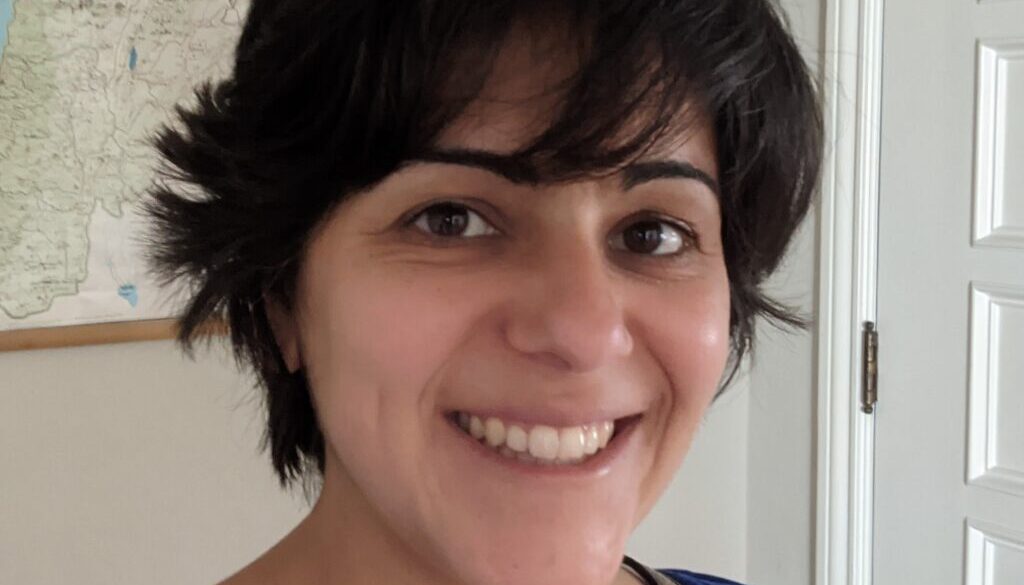
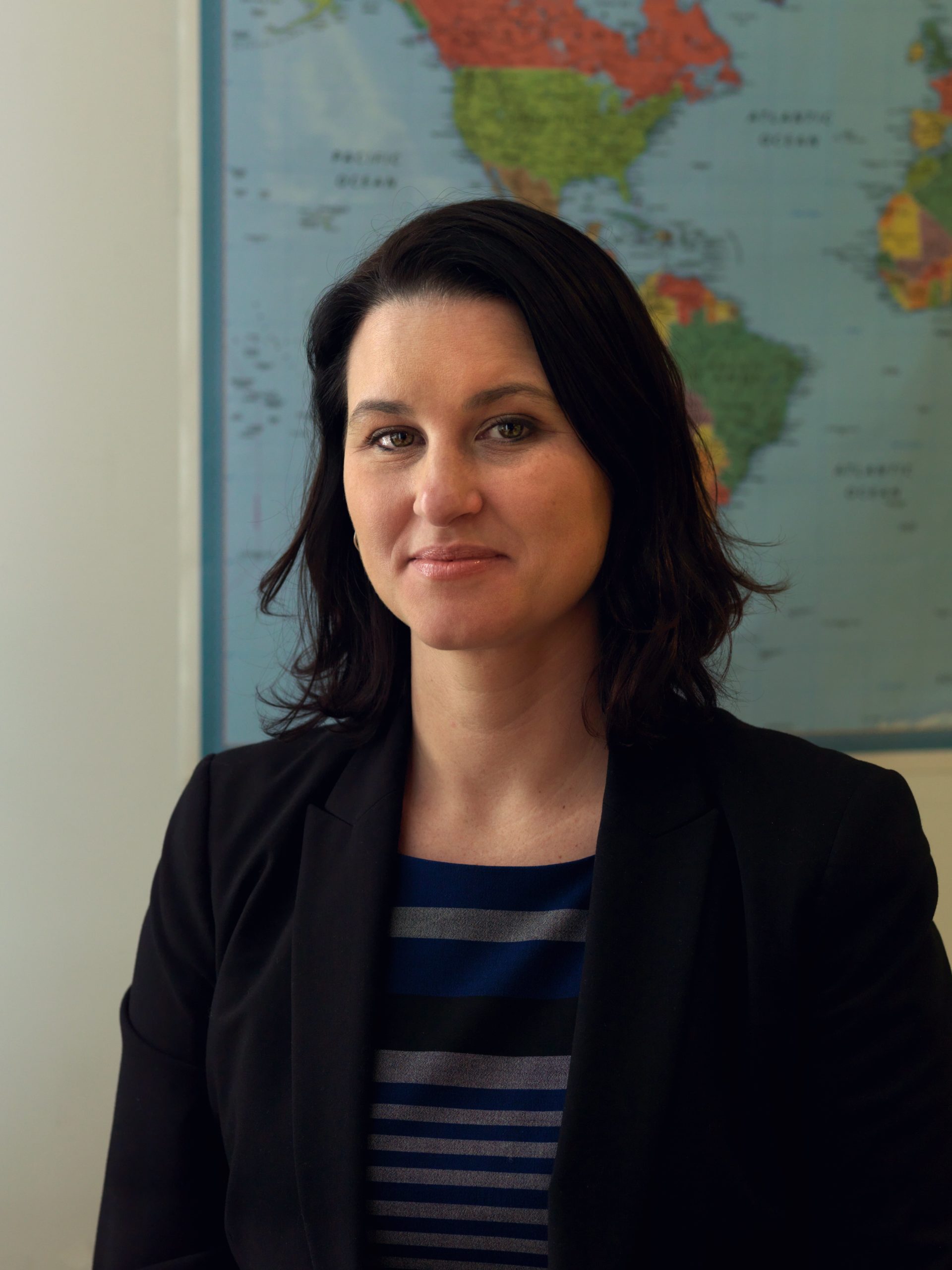
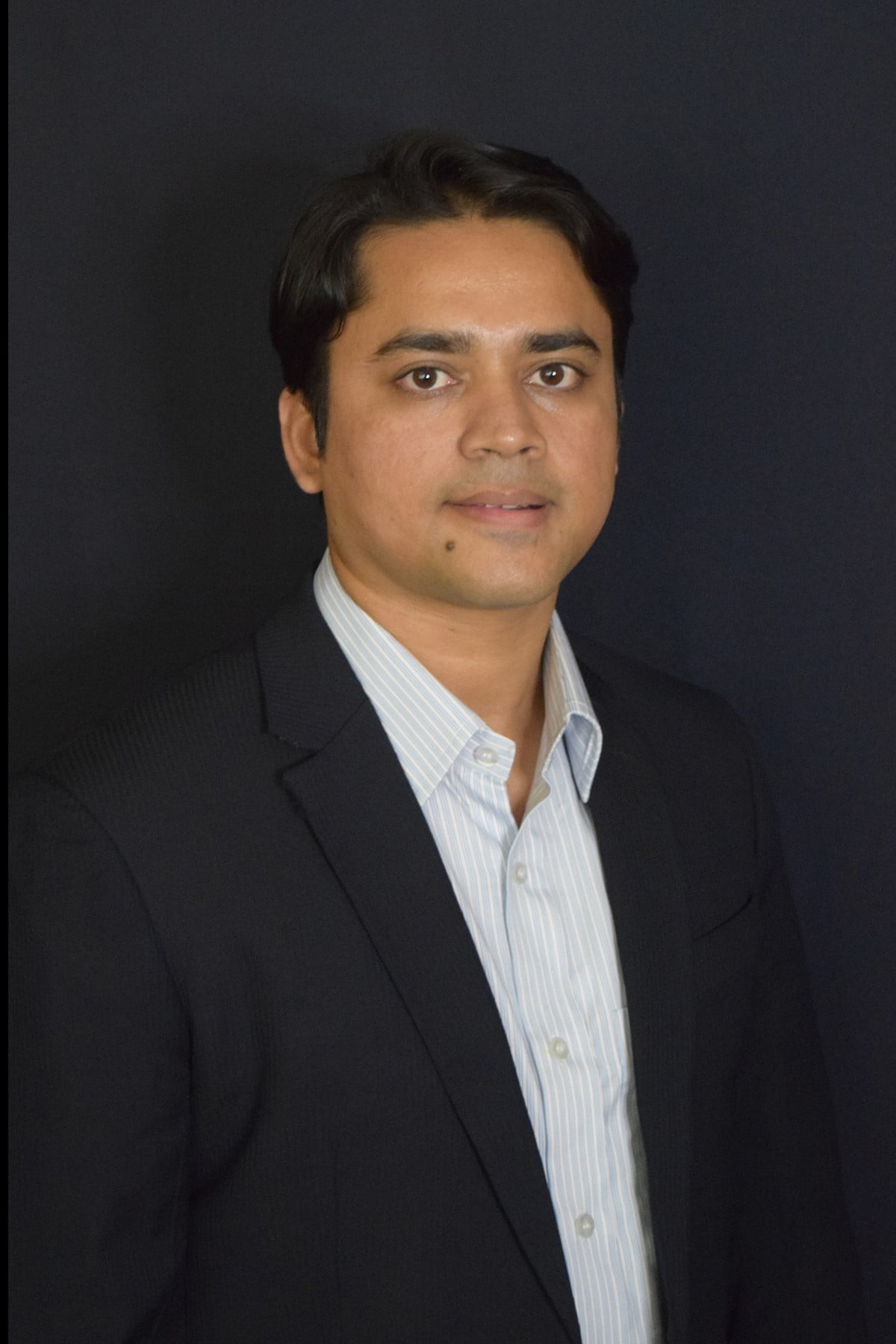
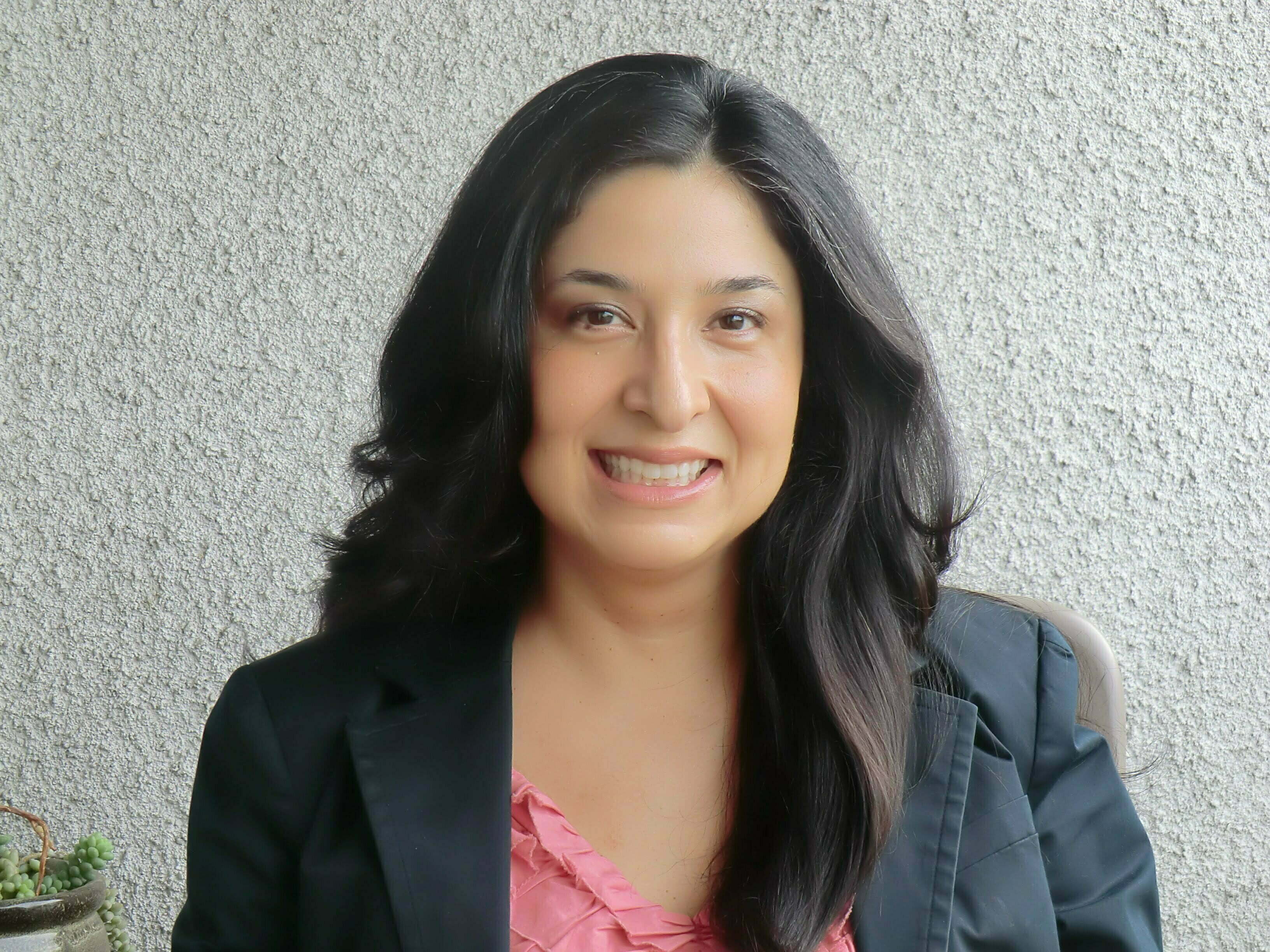
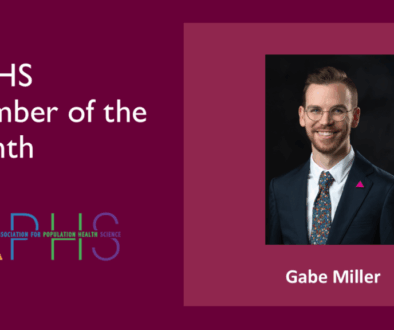
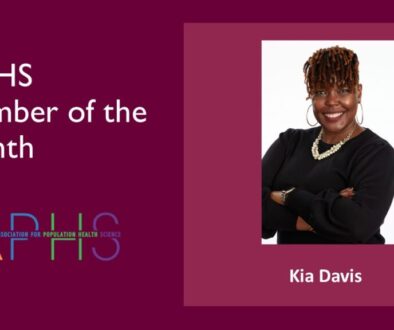

All comments will be reviewed and posted if substantive and of general interest to IAPHS readers.